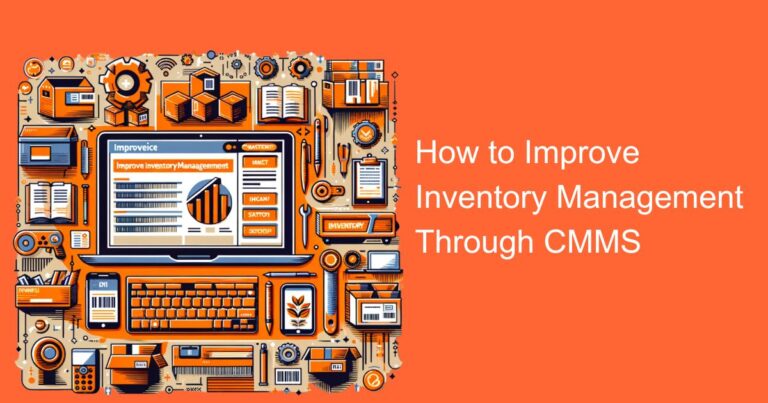In the modern world, businesses are always looking for ways to increase efficiency, reduce costs, and streamline operations. One area where this is especially important is inventory management. Effective inventory management can help a business to keep track of stock levels, reduce waste, and improve customer satisfaction. However, managing inventory manually can be a time-consuming and error-prone task. This is where Computerized Maintenance Management Systems (CMMS) can be a valuable tool.
A CMMS is a software solution that helps businesses to manage maintenance operations, but it can also be used for inventory management. By using a CMMS for inventory management, businesses can benefit in a number of ways.
1. Accurate Inventory Tracking
One of the most significant benefits of using a CMMS for inventory management is that it allows for accurate tracking of inventory levels. This is important because it helps businesses to avoid stockouts, which can result in lost sales and dissatisfied customers. With a CMMS, businesses can track inventory levels in real-time, making it easy to identify when stock levels are running low and need to be replenished.
2. Reduced Inventory Costs
Another benefit of using a CMMS for inventory management is that it can help businesses to reduce inventory costs. By accurately tracking inventory levels, businesses can avoid overstocking, which can result in excess inventory that takes up valuable space and ties up capital. By reducing inventory levels, businesses can also reduce the risk of inventory becoming obsolete or expired, which can result in further costs.
3. Improved Asset Tracking
A CMMS can also be used to track assets, such as equipment and tools, that are used in the production or maintenance process. By tracking asset usage and maintenance schedules, businesses can ensure that equipment is properly maintained and is available when it is needed. This can help to reduce downtime and improve efficiency.
4. Enhanced Reporting
A CMMS can also provide businesses with enhanced reporting capabilities. By tracking inventory levels and usage over time, businesses can generate reports that provide valuable insights into inventory trends and usage patterns. This information can be used to identify areas for improvement and to make informed decisions about inventory levels and ordering.
In an Indian context, the use of CMMS for inventory management is gaining popularity among businesses of all sizes. A recent survey conducted by CMMS provider EZOfficeInventory found that over 60% of Indian businesses were using a CMMS to manage inventory and maintenance operations. The survey also found that businesses using a CMMS reported a 25% reduction in inventory costs and a 30% increase in asset uptime.
One Indian company that has seen the benefits of using a CMMS for inventory management is Hindustan Unilever Limited (HUL). HUL is a leading consumer goods company in India, with a portfolio of products that includes personal care, home care, and food and refreshment products. HUL implemented a CMMS solution to help manage its inventory and maintenance operations across its manufacturing facilities. The company reported that the use of the CMMS resulted in a 40% reduction in downtime, a 25% reduction in inventory costs, and a 20% increase in asset uptime.
In conclusion, the use of a CMMS for inventory management can provide businesses with a number of benefits, including accurate inventory tracking, reduced inventory costs, improved asset tracking, and enhanced reporting capabilities. In an Indian context, the use of CMMS for inventory management is becoming increasingly popular, with businesses of all sizes reaping the benefits of this powerful tool. As businesses continue to look for ways to increase efficiency and reduce costs, it is likely that we will see continued growth in the use of CMMS solutions for inventory management.








